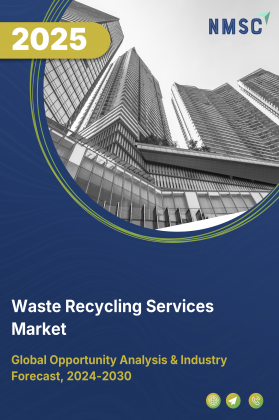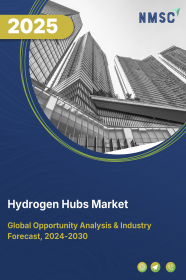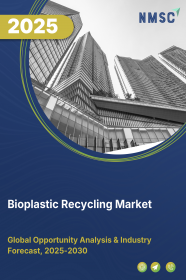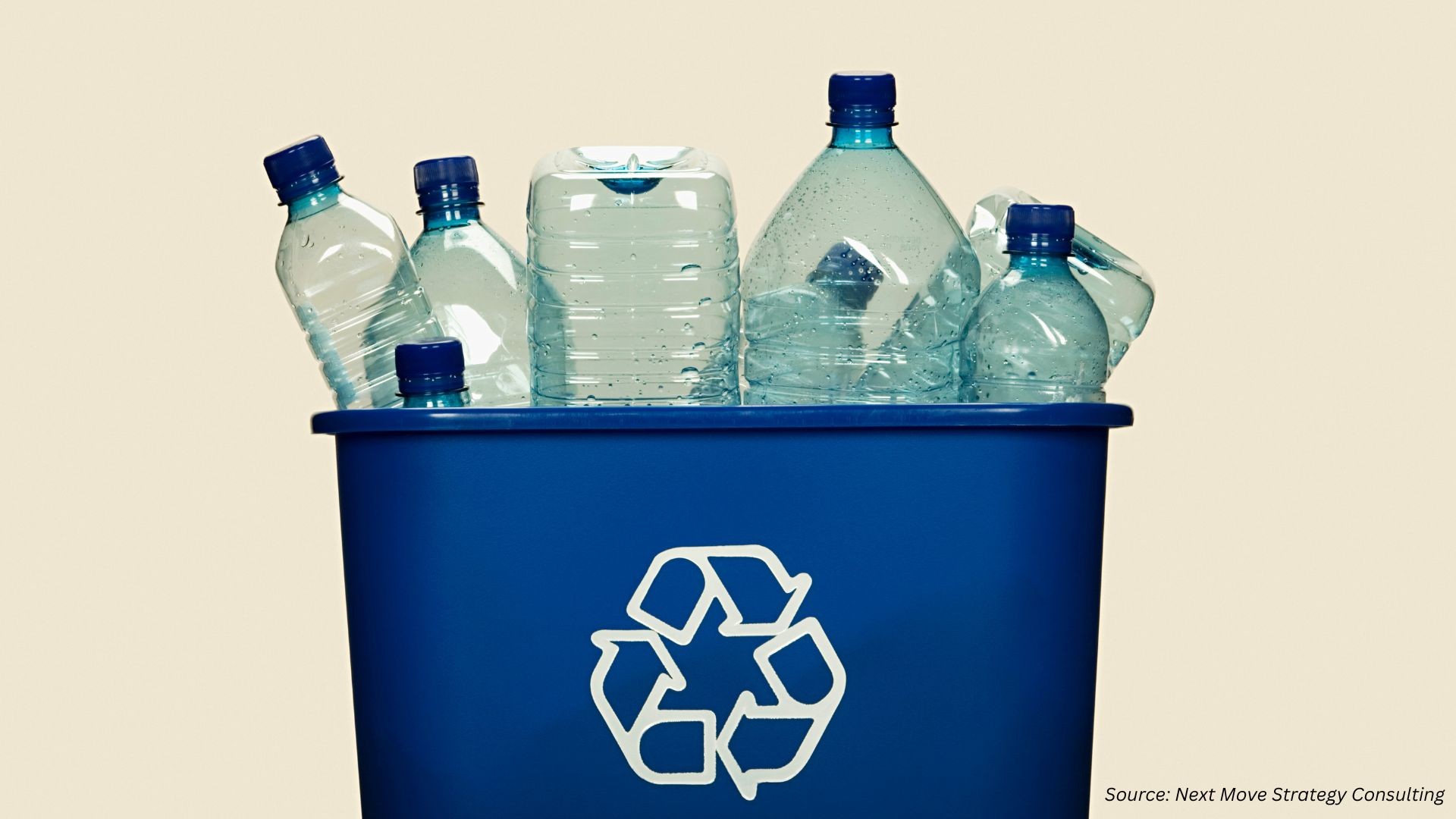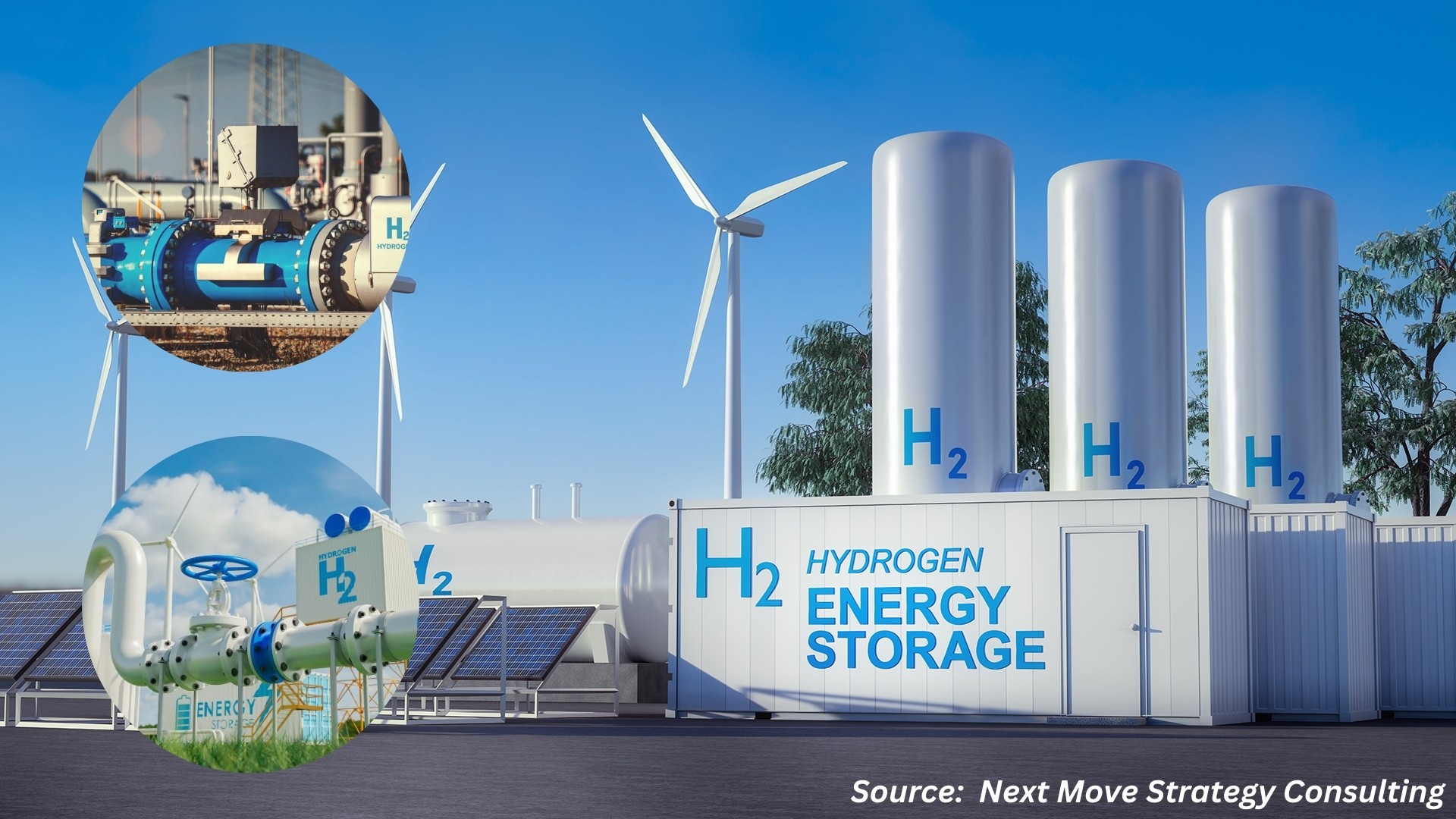
China Waste Management Market by Waste Type (Hazardous Waste, and Non-Hazardous Waste), by Service (Collection, and Disposal), and by Source (Residential or Municipal Waste, Commercial Waste, and Industrial Waste) – Country Opportunity Analysis and Industry Forecast, 2024–2030
Industry: Energy & Power | Publish Date: 15-Oct-2025 | No of Pages: 159 | No. of Tables: 136 | No. of Figures: 101 | Format: PDF | Report Code : EP1249
China Waste Management Market Overview
The China Waste Management Market size was valued at USD 70.04 billion in 2023, and is predicted to reach USD 126.83 billion by 2030, at a CAGR of 7.8% from 2024 to 2030. The waste management industry involves a wide range of services and activities aimed at managing and mitigating the impact of waste generated by various sectors including residential, commercial, industrial, and healthcare.
It includes the collection, transportation, processing, recycling, and disposal of waste materials in a manner that is environmentally responsible and sustainable. The market also involves the development and implementation of technologies and practices that promote waste reduction, resource recovery, and the safe handling of hazardous materials.
Key components of the market for waste treatment includes waste collection services, recycling facilities, waste-to-energy plants, landfill operations, and environmental consulting services.
As awareness of environmental issues grows, the China waste management market continues to expand, driven by growing population, technological advancements, and increasing public demand for sustainable waste solutions.
Growing Urban Population Necessitates the Need for Effective Waste Management Solutions
China’s rapid urbanization is a major force propelling the growth of its waste management industry. With over 65% of China’s population—around 920 million people—living in urban areas as of 2023 (National Bureau of Statistics of China), cities are generating increasingly complex and high volumes of waste from residential, commercial, and infrastructure activities. This includes not only municipal solid waste but also bulky waste, construction debris, and packaging materials. The rising urban population demands scalable, efficient waste solutions such as centralized sorting centers, smart collection systems, and digitally integrated logistics. Urbanization is also accelerating the deployment of AI-enabled monitoring, sensor-based bins, and smart fleet management technologies to ensure timely collection, minimize overflow, and reduce the environmental footprint of densely populated regions.
Rising Recycling Rates in China Fuel the Demand for Advanced Waste Management Solutions
China’s push toward a circular economy is central to its waste management transformation. Under policies such as the Circular Economy Promotion Law, National Development and Reform Commission (NDRC) guidelines, and the National Waste Policy Action Plan, China has set ambitious targets to achieve an 80% resource recovery rate by 2030. As of 2022–23, the national recovery rate reached approximately 60%, driven by investments in automated material recovery facilities (MRFs), plastic and metal sorting centers, and food waste composting plants. Initiatives like Extended Producer Responsibility (EPR) and Green Product Certification are also fostering innovation in eco-design and post-consumer material recovery. These advancements are reducing landfill use and promoting a shift toward waste-to-resource strategies across both the public and private sectors.
Rapid Industrialization and Commercial Expansion Drives Demand for Sector-specific Waste Solutions
China’s booming industrial and commercial growth, especially in sectors like electronics, construction, manufacturing, and e-commerce, is generating large volumes of both hazardous and non-hazardous waste. According to the Ministry of Ecology and Environment (MEE), hazardous waste generation in China exceeded 6.5 million tonnes in FY 2022–23. This increase necessitates sector-specific waste management strategies, including safe disposal of toxic substances, electronic waste (e-waste) recovery, and industrial by-product reuse. Enterprises are investing in on-site waste treatment systems, industrial symbiosis platforms, and waste-to-energy plants to comply with stricter environmental regulations. Government incentives and mandatory compliance mechanisms are encouraging the adoption of clean production practices and supporting the growth of specialized service providers in hazardous and commercial waste segments.
Complex Regulatory Compliance Poses Challenges for Waste Management Operators in China
China’s booming industrial and commercial growth, especially in sectors like electronics, construction, manufacturing, and e-commerce, is generating large volumes of both hazardous and non-hazardous waste. According to the Ministry of Ecology and Environment (MEE), hazardous waste generation in China exceeded 6.5 million tonnes in FY 2022–23. This increase necessitates sector-specific waste management strategies, including safe disposal of toxic substances, electronic waste (e-waste) recovery, and industrial by-product reuse. Enterprises are investing in on-site waste treatment systems, industrial symbiosis platforms, and waste-to-energy plants to comply with stricter environmental regulations. Government incentives and mandatory compliance mechanisms are encouraging the adoption of clean production practices and supporting the growth of specialized service providers in hazardous and commercial waste segments.
Expanding Waste-to-Energy (WTE) Infrastructure Offers Significant Growth Potential in China
The rapid expansion of waste-to-energy (WTE) solutions in China is creating substantial growth opportunities within the waste management sector. China is currently the largest WTE market globally, with over 300 operational WTE plants as of 2023, and more in the pipeline. Technologies such as incineration with energy recovery, anaerobic digestion of organics, and gasification are gaining traction as alternatives to traditional landfilling.
These developments are supported by central policies like the 14th Five-Year Plan, which emphasizes low-carbon energy transitions and urban environmental upgrading, as well as regional initiatives promoting organics diversion and methane emission reductions. Moreover, China’s push for carbon neutrality by 2060 and growing emphasis on circular economy models provide a strong incentive for WTE adoption, particularly in densely populated regions where land resources for landfill sites are limited.
Private and public investment in WTE facilities, grid integration of recovered energy, and heat reuse systems is expected to accelerate, positioning WTE as a key pillar of China’s future waste and energy strategy.
Competitive Landscape
The promising players operating in the China waste management industry includes China Everbright Environment Group Limited, Veolia, Sembcorp Industries, Beijing Capital Environmental Holdings Co., Ltd., Beijing OriginWater Technology Co., Ltd. (BOW), China Tianying Inc., Shanghai Electric, Yonker Environmental Protection Co, Ltd., Dynagreen Environmental Protection Group Co., Ltd., HydroThane, and others.
China Waste Management Market Key Segments
By Waste Type
-
Hazardous Waste
-
Solid Waste
-
Liquid Waste
-
Gaseous Waste
-
-
Non-Hazardous Waste
-
Food
-
Paper and Cardboard
-
Plastic
-
Glass
-
Metal
-
Water
-
E-Waste
-
Others
-
By Service
-
Collection
-
Collection and Transportation
-
Storage and Handling
-
Sorting
-
-
Disposal
-
Open Dumping
-
Incineration/Combustion
-
Landfills
-
Recycling
-
Composting and Anaerobic Digestion
-
By Source
-
Residential or Municipal Waste
-
Commercial Waste
-
Offices and Retail Stores
-
Hospitals
-
Restaurants
-
Other Commercial Sources
-
-
Industrial Waste
-
Manufacturing Waste
-
Construction, Renovation, and Demolition Waste
-
Agriculture Waste
-
Medical Waste
-
Other Industrial Sources
-
Key Players
-
China Everbright Environment Group Limited
-
Veolia
-
Sembcorp Industries
-
Beijing Capital Environmental Holdings Co., Ltd.
-
Beijing OriginWater Technology Co., Ltd. (BOW)
-
China Tianying Inc.
-
Shanghai Electric
-
Yonker Environmental Protection Co, Ltd.
-
Dynagreen Environmental Protection Group Co., Ltd.
-
HydroThane
Report Scope and Segmentation
|
Parameters |
Details |
|
Market Size Value in 2023 |
USD 70.04 billion |
|
Revenue Forecast in 2030 |
USD 126.83 billion |
|
Value Growth Rate |
CAGR of 7.8% from 2024 to 2030 |
|
Analysis Period |
2023–2030 |
|
Base Year Considered |
2023 |
|
Forecast Period |
2024–2030 |
|
Market Size Estimation |
Billion (USD) |
|
Growth Factors |
|
|
Companies Profiled |
10 |
|
Customization Scope |
Free customization (equivalent up to 80 working hours of analysts) after purchase. Addition or alteration to country, regional, and segment scope. |
|
Pricing and Purchase Options |
Avail customized purchase options to meet your exact research needs. |



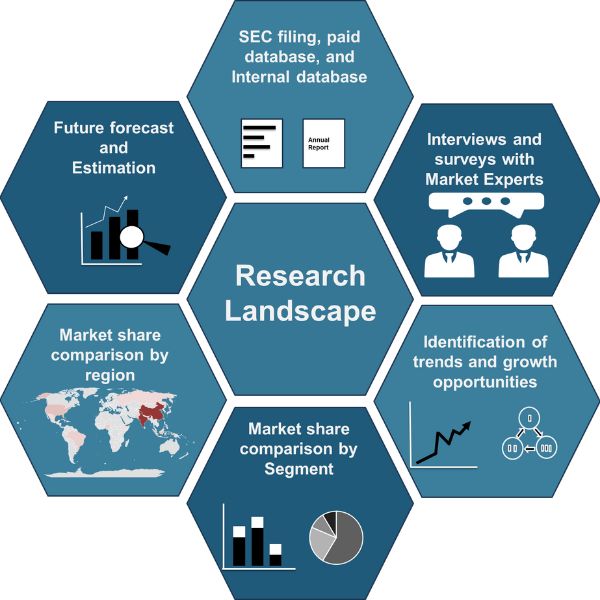
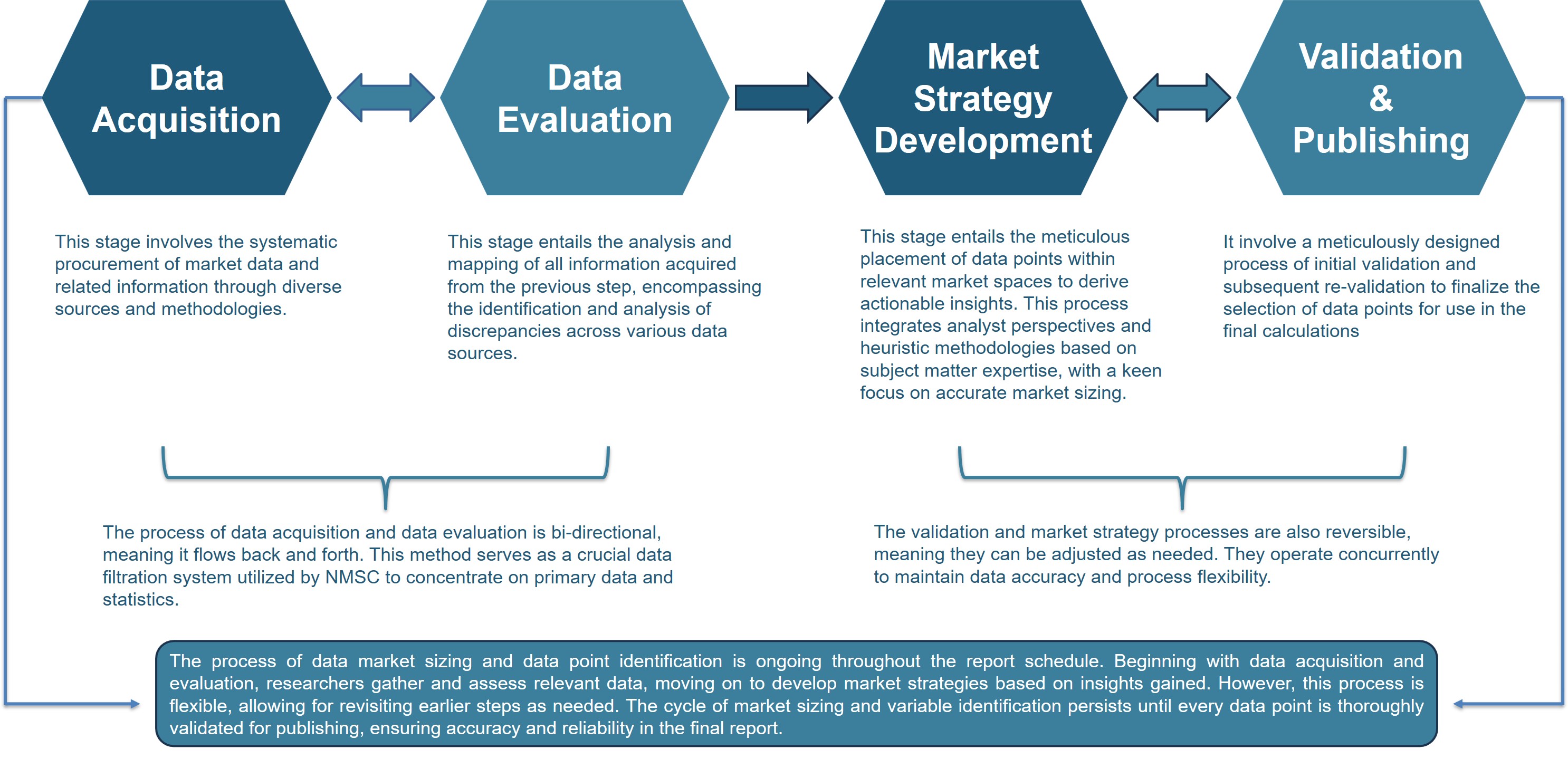




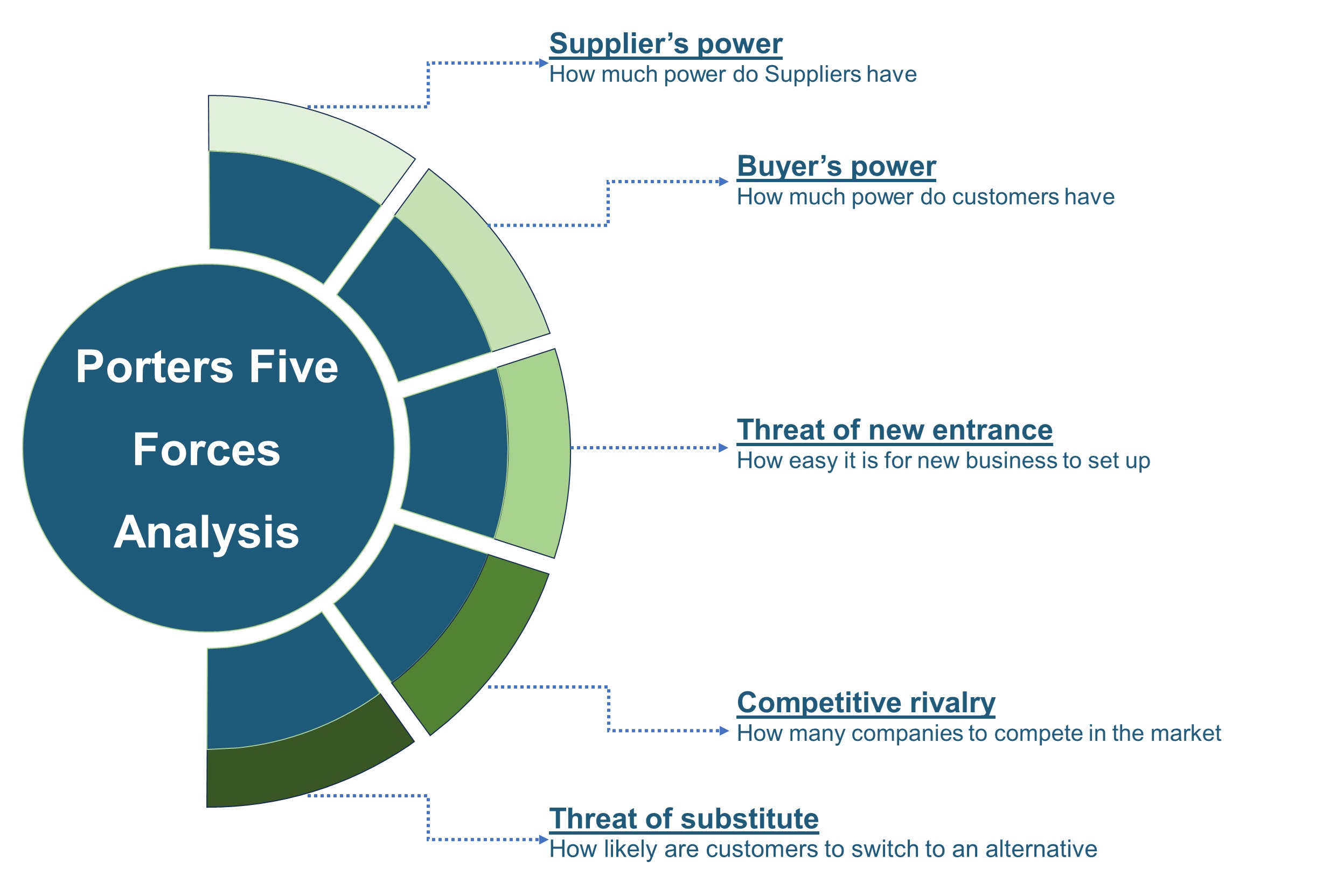







 Speak to Our Analyst
Speak to Our Analyst



